
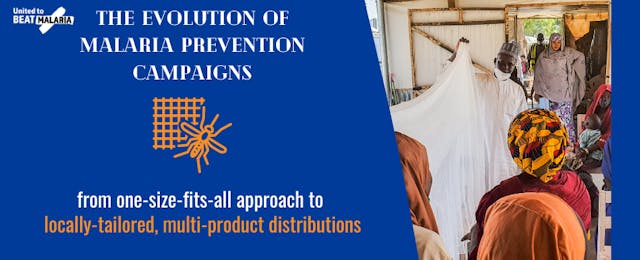
Next year marks the 20th anniversary of the first nationwide bed net campaign, which happened in Togo in 2004. Since then, nearly 3 billion bed nets have been distributed, a remarkable feat that has driven progress in the fight against malaria – from 2000-2015, bed nets prevented 1.3 billion malaria cases and 6.8 million deaths, per the World Health Organization (WHO).
But in recent years, many lessons have been learned about the pitfalls of ‘one-size-fits-all’ malaria prevention strategies – i.e. nationwide distributions of a single bed net product. Despite extraordinary efforts by national malaria programs, mass bed net distributions – which typically occur every three years – frequently fall short of achieving WHO targets for universal coverage. Countries often lack sufficient community-level data showing recent population change, deterioration or loss of nets, ineffectiveness of certain types of nets (see section below), and other factors that can lead to gaps in bed net coverage.
Countries are increasingly using ‘continuous’ bed net distribution channels – i.e. providing bed nets through antenatal and child immunization programs – to supplement their mass campaigns; see example below.
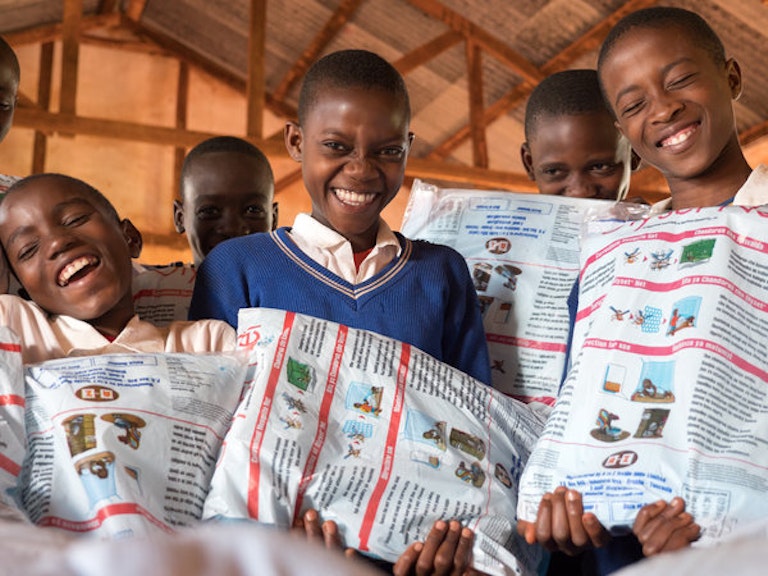
Another pitfall has been the over-use of ‘pyrethroid-only’ bed nets, which make up over 85% of all insecticide-treated bed nets ever developed. Mosquito resistance to pyrethroids has been detected in 87% of malaria-endemic countries in which resistance monitoring is taking place, per WHO. In response to this growing threat, countries and global partners have accelerated the scale-up of ‘next-generation’ bed nets – i.e. ‘pyrethroid-PBO’ and ‘Dual AI’ nets (see video below) – that have shown to be highly effective against pyrethroid-resistant mosquitoes. But because these nets are more expensive, countries typically deploy both old and new-generation nets: pyrethroid-only nets still represent 45% of all bed nets distributed, as of 2022.
Bed nets continue to be a cornerstone and highly cost-effective method of malaria prevention. But in recent years, the emergence of seasonal malaria chemoprevention, spatial repellents, the RTS,S vaccine, indoor residual spraying, and other new interventions has shifted country-level focus towards more holistic, mixed-method approaches.
For all these reasons, malaria-endemic countries must use data-driven decision making to determine the right mix of prevention strategies, when to launch these campaigns, and in what localities. As countries go through the painstaking process of developing complex, locally-tailored malaria control strategies, the Alliance for Malaria Prevention (AMP) – a partnership of over 40 organizations – plays a pivotal role as a technical assistance provider focused on planning and implementation of bed net campaigns. AMP also develops operational guidance and tools to improve the effectiveness of these interventions.
Chaired by the International Federation of Red Cross and Red Crescent Societies (IFRC), AMP provided technical assistance (TA) to 22 countries in 2022. AMP’s TA providers, 78% of whom are from malaria-endemic countries, lend support in a variety of ways. For example, they assist countries with:
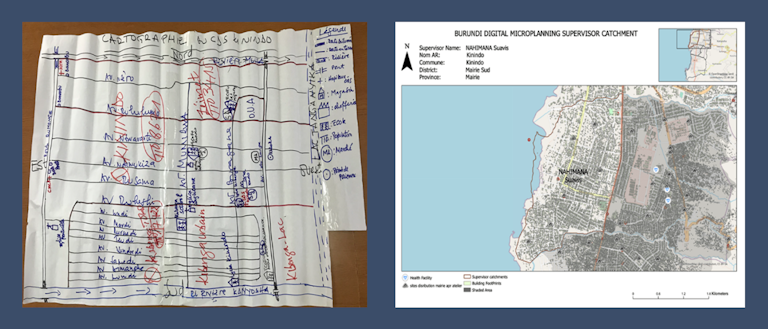
*Using geo-enabled maps to inform the planning of locally-tailored bed net distributions (Example: Burundi; see above)
*Planning and implementing bed net campaigns in humanitarian settings, to ensure bed net access for populations affected by conflict or natural disaster (Example: Central African Republic)
*Transitioning from paper-based to digital data collection (Example: Uganda)
*Addressing waste management of bed net packaging and end-of-life nets to minimize plastic waste (Learn more)
*Implementing ‘multi-product’ campaigns that include next-generation bed nets (Example: Mozambique; see below)
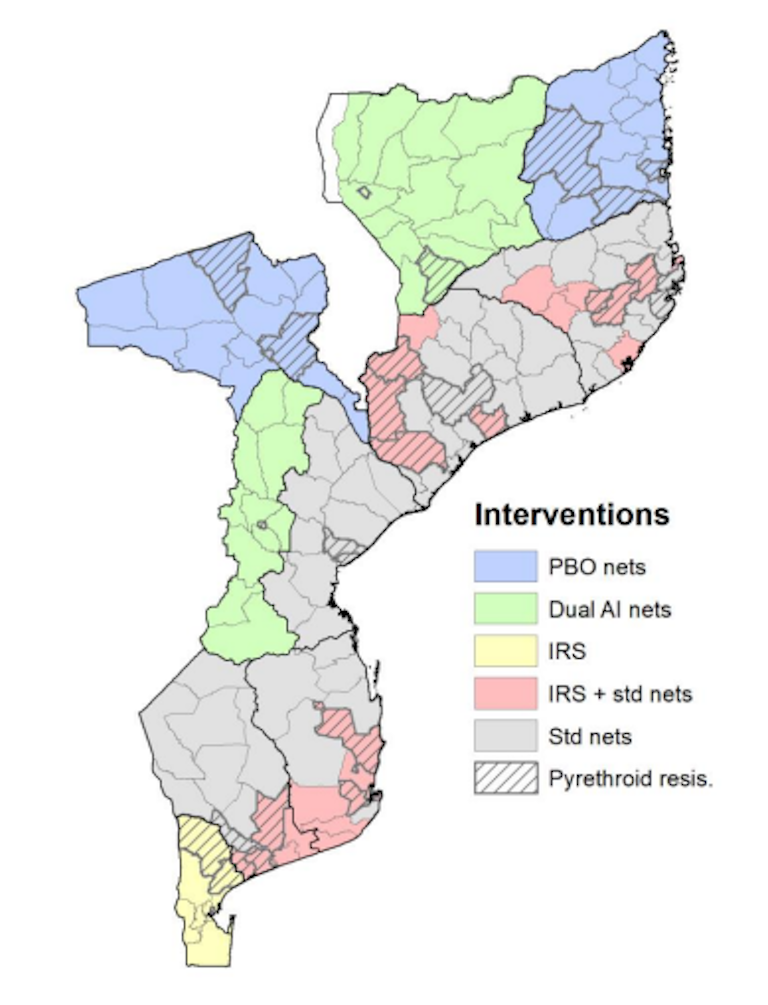
In addition to technical assistance, AMP also provides a range of free resources, including:
*The Net Mapping Project (below), an interactive map updated quarterly that shows the number of bed nets shipped to each country by year and by net type.
*ITN [Bed Net] Mass Campaign Tracker, a living document showing where and when mass bed net distribution campaigns are happening around the world.
*A toolkit for mass distribution campaigns to increase coverage and use of long-lasting insecticide-treated nets
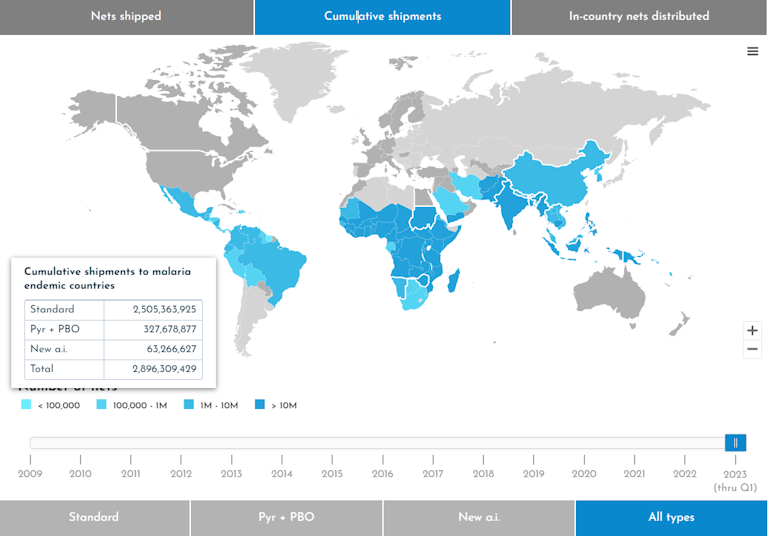
United to Beat Malaria is proud to be a longtime funder of AMP. To stay in touch with AMP, sign up for their newsletter and subscribe to their mailing list.